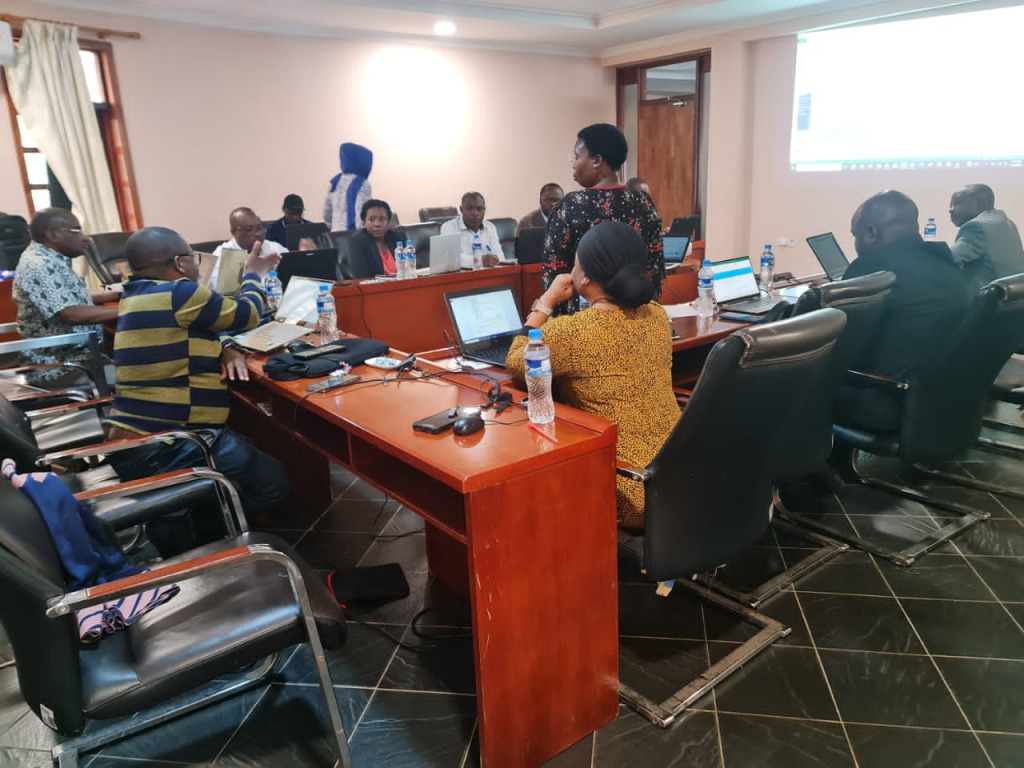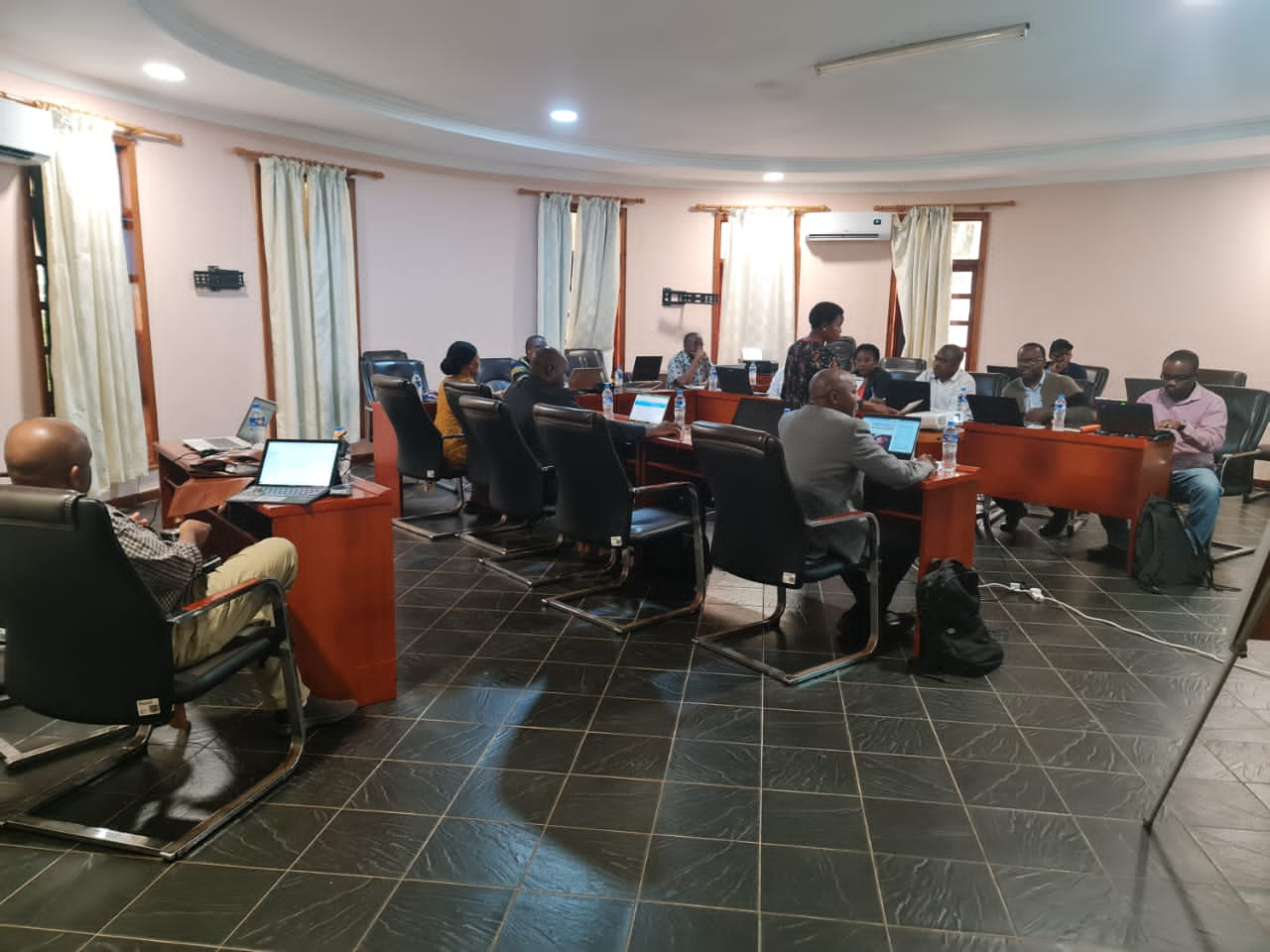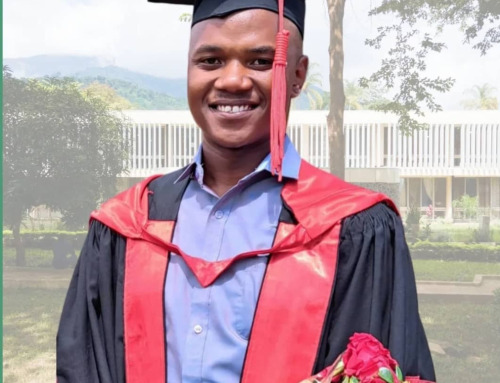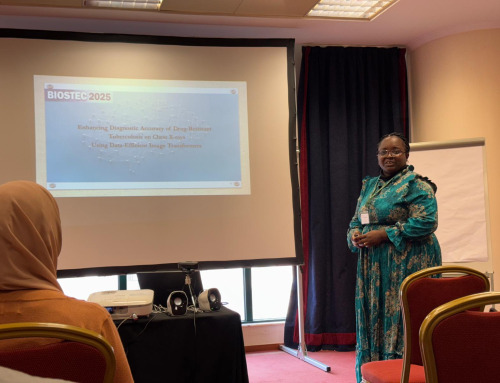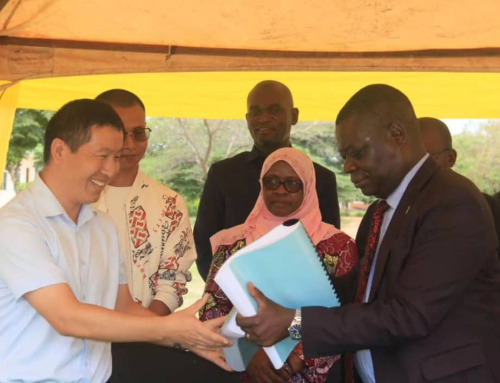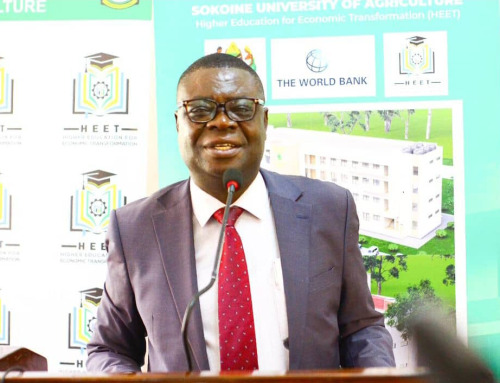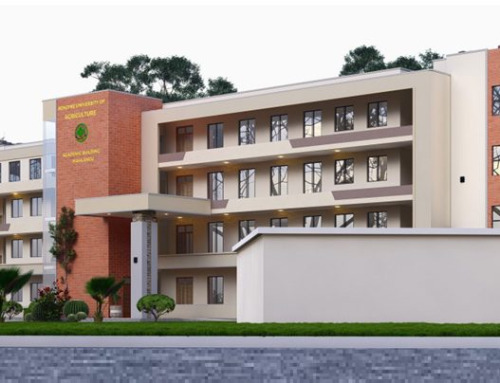The Higher Education for Economic Transformation (HEET) Project aims to strengthen the delivery of higher education through a combination of university-level investments in improving the quality of learning environments and programs, and Ministry-level interventions that enhance the management of the higher education system and support a conducive policy environment. These interventions are organized under three components described in the following text.
The Project Development Objective is to strengthen the learning environments and labor market alignment of programs in priority areas and the management of the higher education system. Achievement of this objective will be measured primarily through the following Project Development Objective indicators:
- Students and faculty participating in internships/fellowships/forms of placement in industry, companies or research institutions (sub-indicators for gender, individuals with disabilities, and students/faculty ratios) (number)
- Degree programs within priority disciplines that are aligned to labor market needs (number)
- Students benefiting from direct interventions to enhance learning (corporate indicator) (number)
- Active use of a Tertiary Education Management Information System (TEMIS) (yes/no)
- Higher education institutions supported by the project that achieve a minimum threshold of the annual targets set in the Performance Agreements (number)
The Higher Education for Economic Transformation (HEET) Project – SUA Component Leaders conducted a crucial meeting at the Tanga Beach Resort in Tanga from 22nd to 26th August 2023. Its core objective was to consolidate progress reports for the annual Monitoring and evaluation of the HEET Project, focusing on various component areas.
HEET project success will be measured through indicators such as student and faculty engagement in internships, degree program alignment with labor market needs, and utilization of the Tertiary Education Management Information System (TEMIS).
This collaborative meeting not only reviewed progress comprehensively but also fostered insights and future strategies. The collective endeavor underscores SUA’s dedication to holistic development and innovation in higher education, contributing to Tanzania’s economic transformation.
The meeting entailed an in-depth review of progress across diverse component areas:
Area 1: Construction and Rehabilitation of Physical Infrastructure
Strides in this domain signify a commitment to modernizing the academic environment.
Area 2: Updating Curriculum and Innovative Pedagogical Methods
Efforts to revamp the curriculum and introduce inventive teaching approaches cater to evolving educational trends.
Area 3: Promoting Applied Research and Innovation Capacity
Focus on applied research and innovation aligns academia with real-world challenges.
Area 4: Building Functional Links with Private Sector/Industry
Strengthening connections with the private sector bridges academia and practical applications.
Area 5: Strengthening Use of Digital Technology
Integration of technology underscores a commitment to staying at the forefront of advancements.
Area 6: Promoting Self-Generated Income
Initiatives for internal income enhance sustainability and resourcefulness.
Area 7: Building Capacity of Academic Staff and Leadership
Investments in staff and leadership development bolster holistic growth.
Area 8: Communication
Disseminate all relevant information about the implementation of the project to all levels of the stakeholders including grassroots community
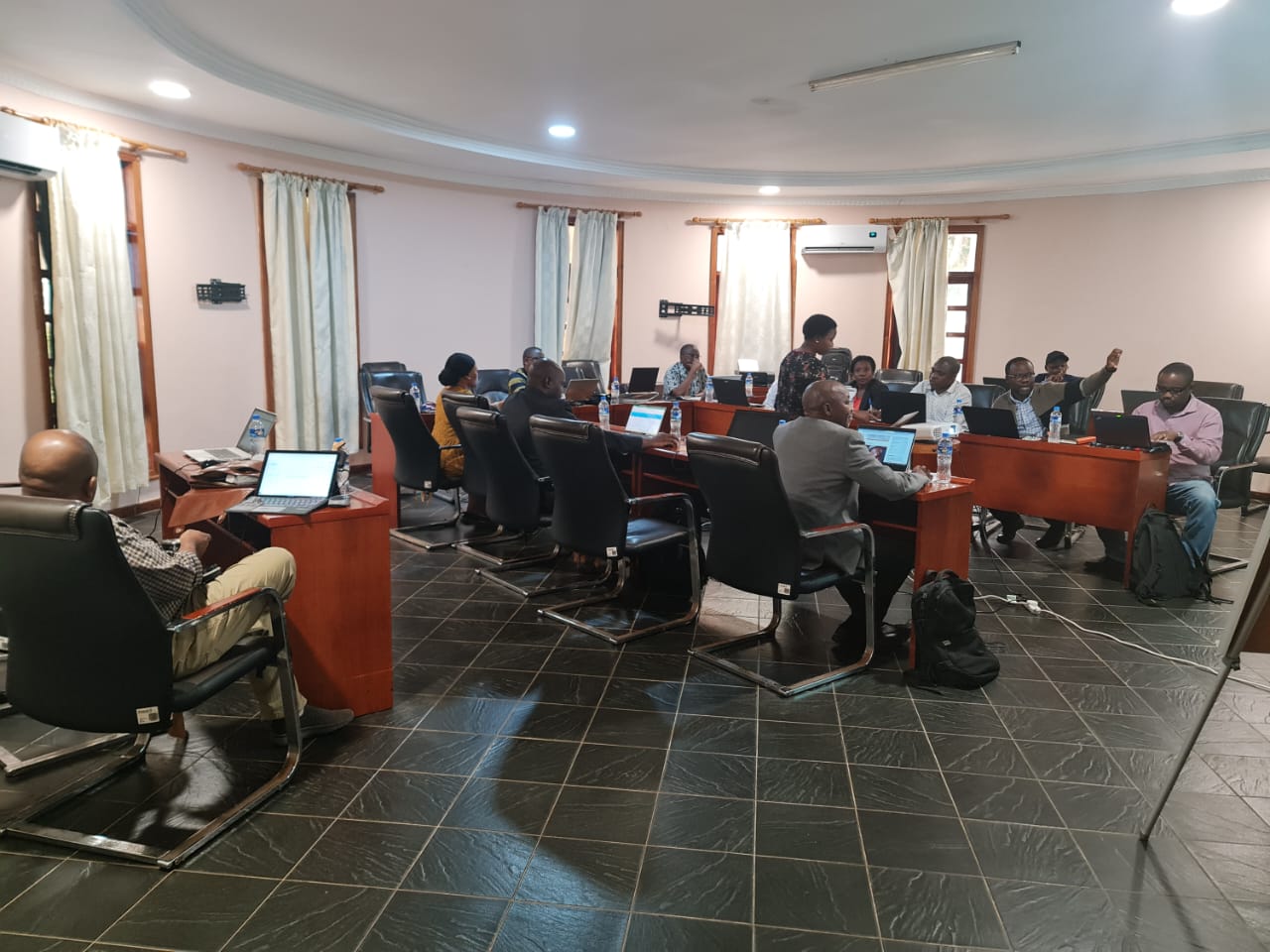 Presentation of the component progress and discussion
Presentation of the component progress and discussion
